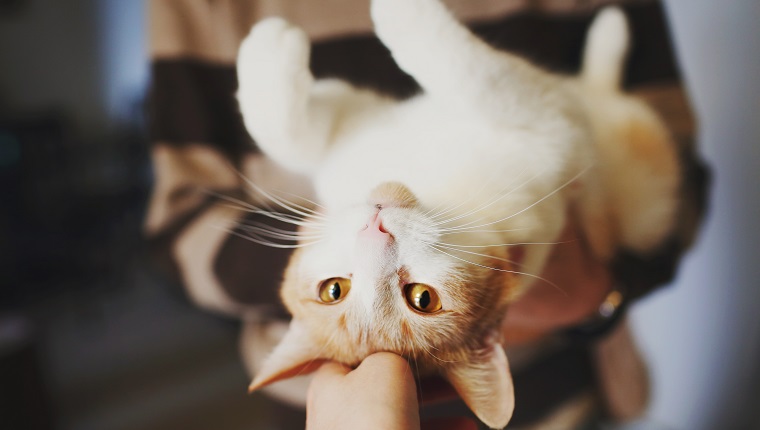Cats are savvy communicators, using nearly every part of their bodies to “talk.” They express their needs and wants in a variety of ways, especially through their body language.
Being savvy, yourself, in interpreting their language can help you bond with your cat, alleviate frustrations, and even prevent accidents.
Here are a few things your cat may be trying to communicate to you,…




